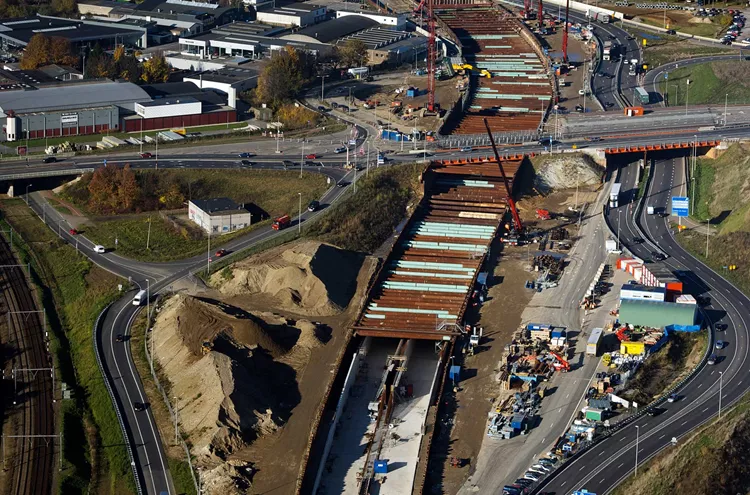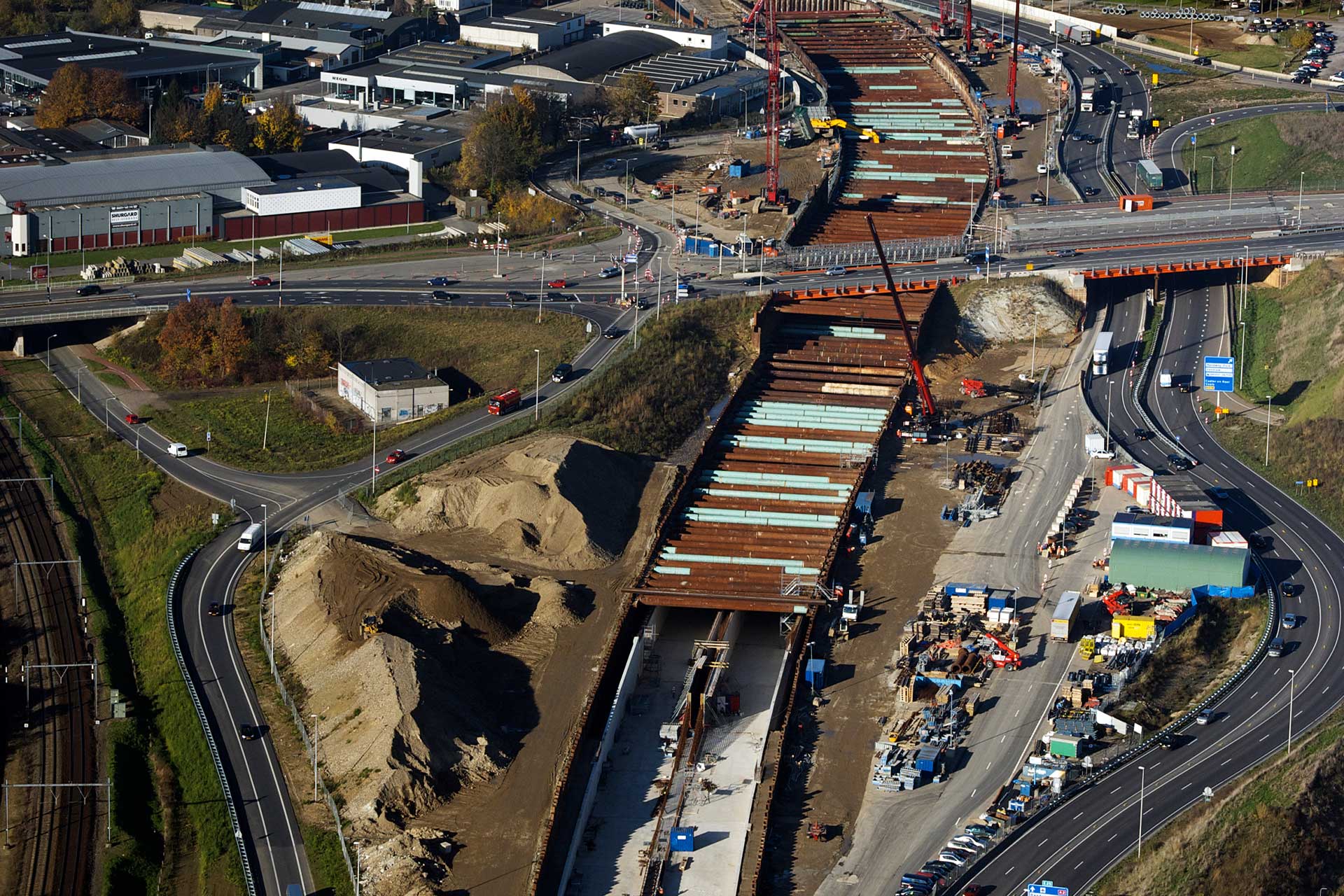

Poorly accessible construction pits and sites can pose all kinds of problems, especially if it causes an excavator to sink or a crane to topple. But unstable soil poses even greater problems when constructing roads, bridges and tunnels. There are several ways to check and monitor soil integrity and with the right equipment, you can quickly investigate the site safety.

When inspecting the machine layout on the construction site, first a visual inspection must be performed of the elements: dryness, load-bearing capacity and flatness of the construction site. Further inspection takes place based on the results of one or more soundings or manual soundings.
Soil load-bearing capacity is important for trafficability and walkability. The condition of the construction site has a direct influence on the stability of the equipment, but also on the working conditions of the personnel. The top layer must consist of clean sand with adequate water permeability. Therefore, the quality of the top layer, the load-bearing capacity of the (ground) surface and the types of vehicles are of great importance to the trafficability of a construction site. The maximum expected soil pressure per m² also plays a part in this research.
There are various ways to gain insight into the behaviour and bearing capacity of the soil, by hand or mechanically, both on site and through sampling and analysis in the laboratory. A number of steps are followed in manual research of penetration resistance:
A CPT rig is a device developed to determine the soil behaviour by measuring the penetration resistance. A machine-driven pushframe pushes an instrumented cone into the ground at a certain speed and thus measures the resistance at the tip. Measurements provide insight into the depth of the load-bearing layers and how far, for example, piles must be driven into the ground. This technique can also measure the porewater pressure, using the correct cone.
When digging a construction pit or constructing a tunnel, the groundwater can get in the way. This must be temporarily discharged in a safe manner, but the groundwater level must also be monitored to determine the extent of discharge. Royal Eijkelkamp supplies all necessary equipment for installing monitoring wells, including watersensors and modems to transmit the collected data.